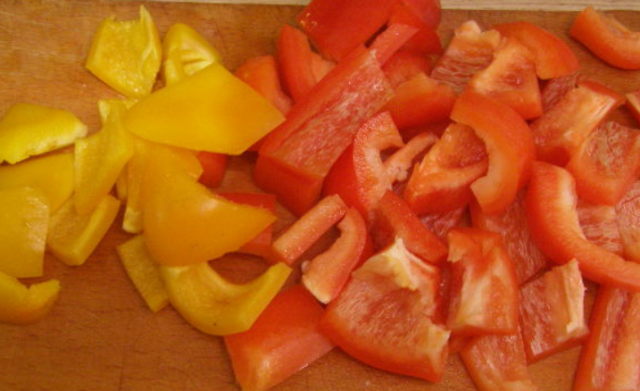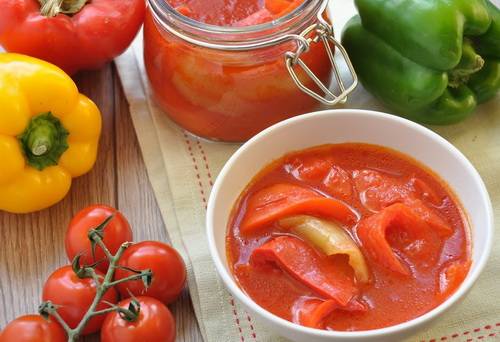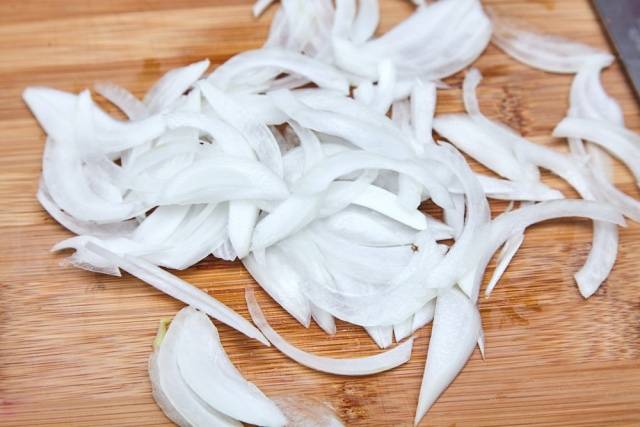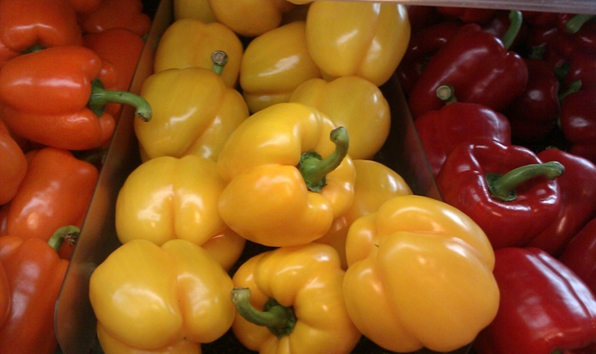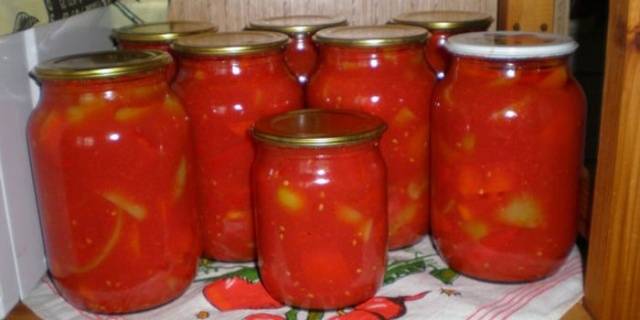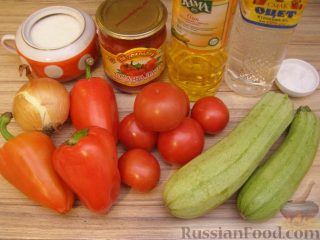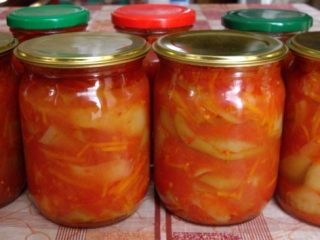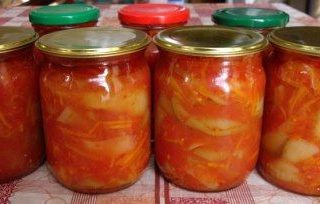Few vegetable dishes are as popular as lecho. Although in our country its composition and taste have already changed beyond recognition, in comparison with the classic Hungarian recipe. After all, lecho is a traditional Hungarian vegetable dish, the composition of which can be very varied, but the obligatory ingredients for it are tomatoes, sweet bell peppers and onions.
If you delve into history, then the roots of this dish go back to the 18th century, to the shores of France, where poor peasants in the summer often prepared for themselves a dish of seasonal vegetables that later became famous - ratatouille. In the usual version, it was a mixture of zucchini, tomatoes, peppers, onions and garlic with the addition of a variety of aromatic herbs: rosemary, mint, basil, cilantro. It was his recipe that formed the basis for the preparation of Hungarian lecho a little later. Indeed, the word lecho is translated from Hungarian as ratatouille.
This dish was most often used as a side dish for meat. However, in Hungary, homemade sausages and smoked meat were often included in the lecho itself.
In Russia, where summer does not last long, and the season for the consumption of fragrant and vitamin-rich vegetables and herbs you want to extend for a longer period, lecho has turned into a preparation for the winter that is unique in taste. Experienced housewives, sometimes not even knowing about the rich history of this dish, experiment with its ingredients on their own, sometimes getting the most diverse appetizers and side dishes. Perhaps the most classic and versatile recipe is lecho with onions. It is usually liked by almost everyone, including children, and it is about the features of its preparation that will be discussed in this article.
The classic and easiest recipe
Easiest and fastest cook lecho according to the recipe below, when no additional actions are done with the onion, except for slicing.
So, to make lecho you will need the following components:
- Bulgarian sweet red or orange pepper - 2 kg;
- Tomatoes - 1 kg;
- Onions - 1 kg;
- Garlic - 7-8 cloves;
- Greens (cilantro, basil, dill, parsley) - only about 100 grams;
- Wine, apple or table vinegar 9% - 1 tablespoon;
- Sugar - 100 grams;
- Ground black pepper - 1 teaspoon;
- Salt and other spices to taste.
First, the tomato sauce is prepared from the tomato. To do this, the tomatoes are thoroughly washed and peeled by scalding them with boiling water. Then they are cut into arbitrary pieces and chopped in a blender or in a food processor. Then place the entire flavorful tomato mixture over medium heat in a thick-walled saucepan. It is brought to a boil and warmed up for about 15 minutes.
At the same time, the bell pepper is washed and cleaned from the tails and seed chambers. It is cut into rather large pieces - one fruit is divided into 6-8 parts.
Onions are peeled from scales and cut into thin half-rings. After cleaning, the garlic is crushed in any convenient way.
When the tomato mixture is sufficiently boiled, peppers, onions, garlic, salt and sugar are thrown into it. The future lecho is brought to a boil and stewed for about 10 minutes on average. See how you like the pepper best in this dish, although it is advisable to keep it a little hard.
At the end of cooking, finely chopped herbs, spices and vinegar are added to the lecho, everything is brought to a boil again.
According to this recipe, you may not even add vinegar, but in this case, the lecho with onions must be sterilized after being laid out in jars. One-liter cans are usually sterilized for about 30 minutes, three-liter cans - one hour.
Since the temperature in it can be set to more than 100 ° C, the total sterilization time of the dish is correspondingly reduced and the process itself is much more convenient and faster than on the stove.
Lecho with fried onions
The advantage of this recipe for making lecho with onions for the winter is, in addition to the rich and piquant taste of fried onions, the ability to cook a dish without sterilization.
All the main ingredients used to make lecho are exactly the same as in the previous recipe, but 2-3 tablespoons of refined vegetable oil are added to them.
The first step is to prepare the tomato sauce. When boiled, you can immediately add chopped basil to the tomatoes. Then pepper cut into convenient pieces, 1 tablespoon of oil, sugar and salt are added to the tomato mixture. The vegetable mixture is boiled for 10-15 minutes, after which finely crushed garlic and spices are added to it.
At the same time, onion, cut into half rings, is fried in the remaining vegetable oil until golden brown. Then a couple of tablespoons of flour is added to the onion, everything is fried in less than a minute and the resulting mixture is added to an almost finished lecho along with chopped herbs and vinegar. Everything is mixed very thoroughly until completely dissolved.
Necessarily hot lecho is laid out in sterile jars and closed with sterile lids. It is advisable to immediately turn the jars upside down and cover with a thick towel until they cool completely.
Useful Tips
To make the lecho with onions for the winter really tasty, it is advisable to heed the following tips:
- Tomatoes for lecho should be really ripe and juicy. Even slightly overripe fruits can be used, but they should not be spoiled. It is undesirable to use ready-made tomato paste for cooking lecho. If there is no other way out, then the latter should be of the highest quality.
- For lecho, fleshy sweet varieties of bell peppers are most suitable. The fruits should be ripe, but by no means overripe, as they need to maintain a slightly firm and slightly crunchy texture during the cooking process.
- Various herbs will make lecho especially fragrant. Fresh, it is advisable to add them 5 minutes before cooking. But dry herbal powder can be added at any stage of preparation.
- If you want to experiment and have time, you can try adding other ingredients to the classic lecho recipe, such as zucchini, carrots and eggplant.
- Store workpieces in a cool and dark place. And after opening, it is advisable to place it in the refrigerator under the lid for no more than 1-3 days.
Try to cook lecho first according to the classic recipe, and if you like it, do not be afraid to experiment with a variety of additives. Perhaps you will create your own dish, the recipe for which will then pass to your children and grandchildren.


